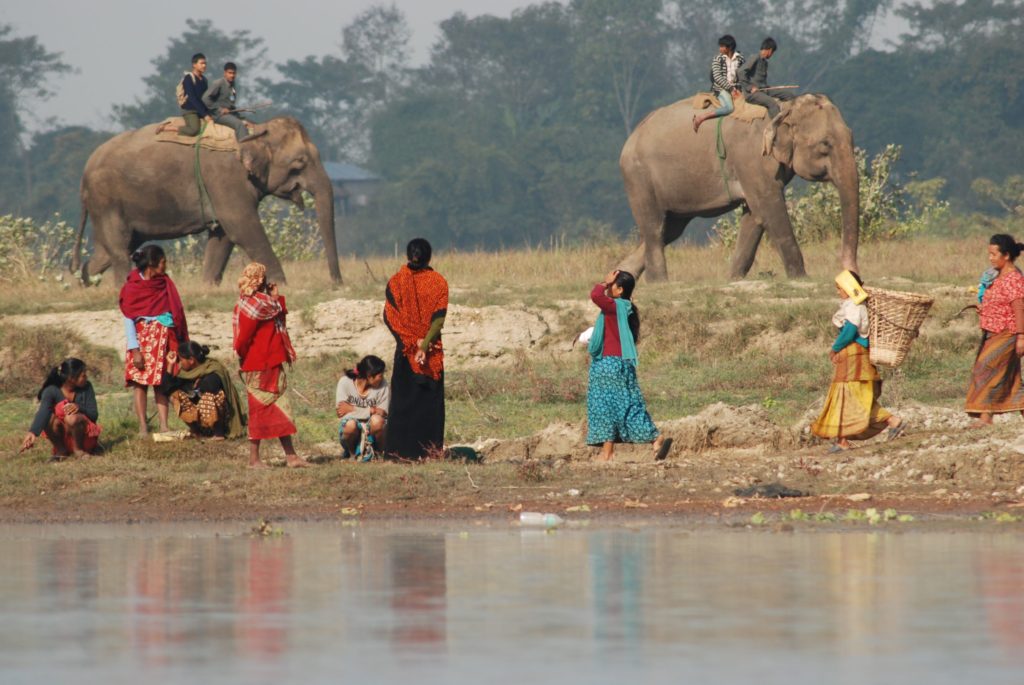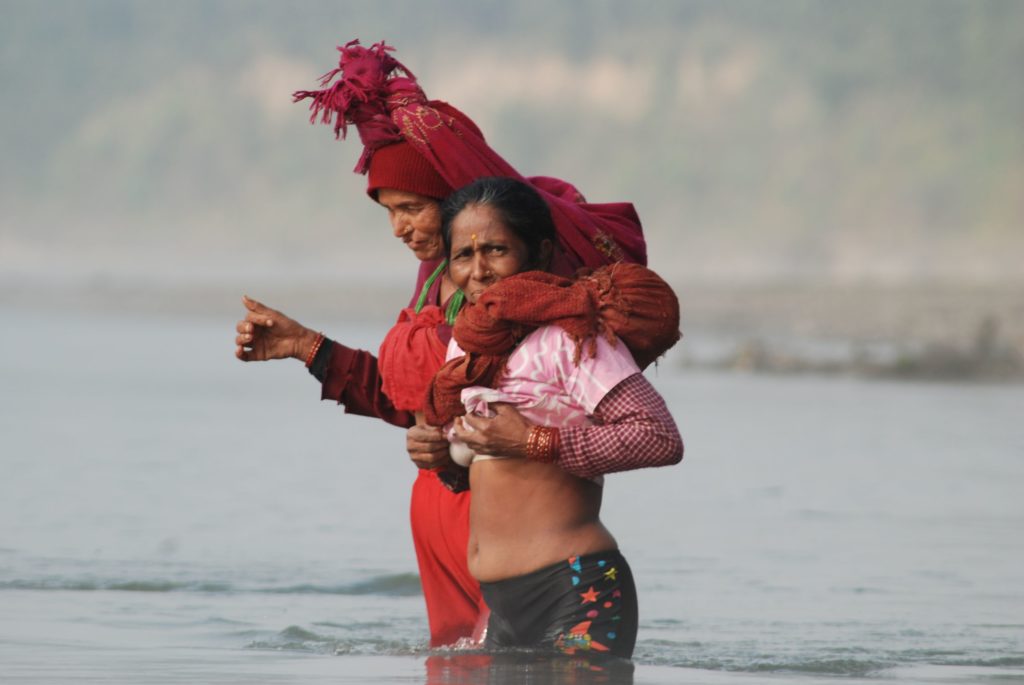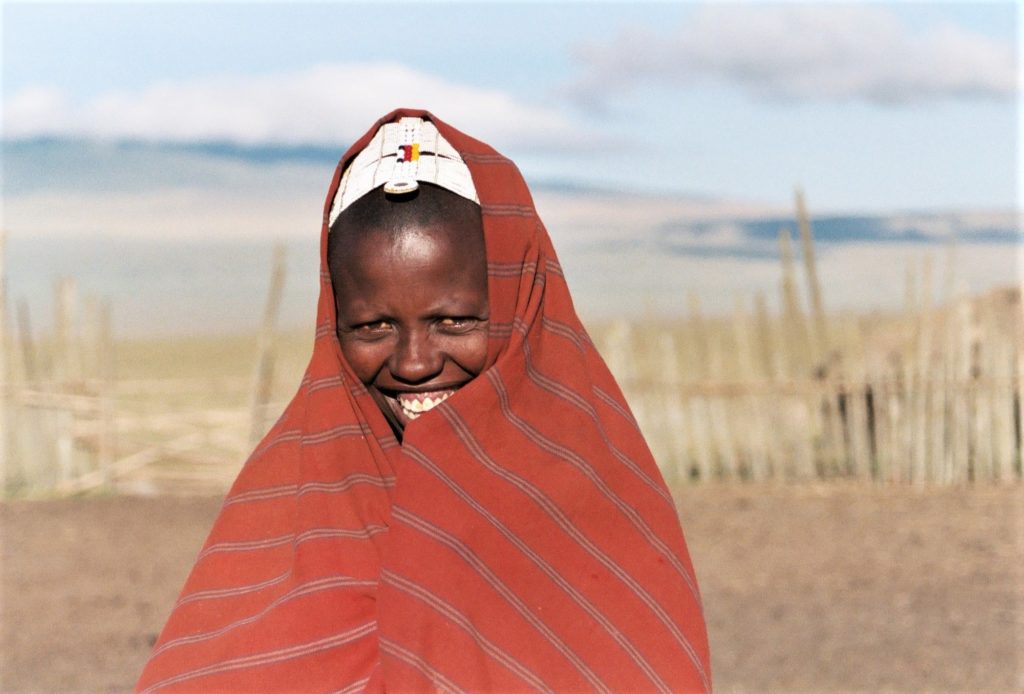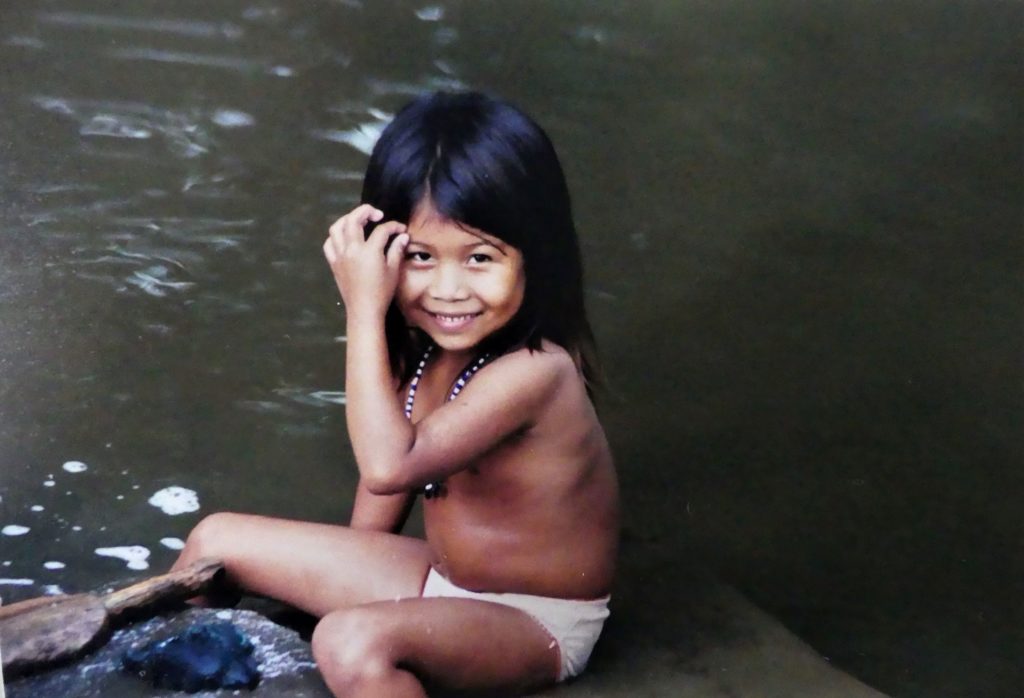As I write this article at the beginning of 2020, vast areas of Australia are on fire. An area the size of small country, say Denmark or Costa Rica, has been incinerated already, and the fires are likely to burn for another month at least. Environmental catastrophe at the beginning of the new decade. These fires alone will push several species over the brink, into extinction. The human cost is also huge and devastating. Unfortunately, as we head into the new decade, natural disasters on a vast scale are becoming the new normal, and the cause of these tragic events, whether linked to climate change, pollution, habitat destruction or the illegal wildlife trade, can always be traced back to one species: us.
Unless our species comes together and finds a new way to live with nature and our Mother Earth, we will not only wipe ourselves out, but, equally tragic, we will take millions of other species with us into extinction. Many of these creatures, perfectly adapted for our planet, predate our species by tens or hundreds of millions of years.
Since the development of agriculture and pastoralism thousands of years ago, human beings have considered nature the enemy – the wolf at the door, needing to be kept at bay. Perhaps once this argument was valid, but only now, with the very survivability of our planet in terminal decline, are we beginning to realize that nature is our friend. Life on earth is impossible without the natural world. In short, nature can live without humans, but we can’t live without nature.
In order to make this huge change, away from greed and destruction and towards a sustainable future in which humans and wildlife can live together, people from a vast range of backgrounds, countries and cultures will have to come together against the Donald Trumps of this world, against the fossil fuel giants, huge corporations and polluters.

It makes me sad when I see people that should be working together in this fight, split apart and fighting with one another. This is what I would like to talk about in greater depth in this article.
Recently there have been several incidents of indigenous/tribal groups coming into conflict with conservation organisations. A couple of examples that spring to mind being Baka communities in the Congo basin being forcibly relocated (with accusations of physical abuse and worse) from new protected areas in the Congo Basin by the WWF and hill tribes being forcibly relocated outside tiger reserves in India.


Through my life I’ve lived and worked with many indigenous communities. These people often have an incredibly deep and profound understanding of nature, their surrounding environment and how to live alongside other species – not in conflict with them. In hunter gatherer societies if you overexploit your natural environment, you destroy your sources of food and your ability to survive. Therefore, buried deep in indigenous beliefs and culture is a respect for wildlife, and an acknowledgement that we are just another part of the natural system – not detached from it, not its ‘God given’ masters. For this reason, indigenous peoples are often the best protectors and conservationists of our planet’s remaining wilderness areas. Without the protection of tribal communities in the Amazon Basin, vast swathes of forest would have been levelled to make way for yet more industrial monocultures, cattle ranches and vast hydroelectric projects. Many communities are very literally in a ‘war’, in a battle for survival, to project their forests and to avoid obliteration. A silent genocide is in progress against tribal peoples worldwide. In my opinion indigenous communities must always be consulted and see the benefits of ‘conservation’ on their own land. They are the original and best conservationists.


At the same time, conservation organisations and NGOs are doing amazing work globally. We need their passion and skill to help recover our natural world. There is a tendency to sometimes portray indigenous communities as ‘saints’, blameless, perfect people of nature. In my experience nobody is perfect. Sometimes indigenous communities do damage to their natural environment, especially when ‘western’ influences quickly change traditional practices. People are just people, with all strengths and weaknesses that come with that. Sometimes conservation NGOs can help communities find ways to benefit more directly from their natural environment, while lowering their impact on wildlife. Examples range from eco-tourism to enforcing fishing/hunting reserves (which often leads back to increased fish and wildlife stocks for hunting) to the reduction of inefficient slash and burn farming techniques, which can be replaced by more diverse and less damaging agricultural practices.


We face such massive challenges in the next century if our species and society is to survive. We have a exhausting uphill struggle ahead of us, against vested interests, ‘big money’ and corrupt governments, who- for some reason I still do not understand- believe that another billion dollars in profit is worth more than the life and biodiversity of our planet. In countries around the world, tribal peoples and conservation are working together for a better future.


In places where there are conflicts between indigenous communities and conservation these need to be resolved, for the benefit of all. We need to pull together and fight together if we are going to overcome the tremendous challenges of the 21st Century. My sincere hope is that in 100 years’ time somebody will be writing another article to say how we succeeded!


A brilliant piece of writing Steve. Send it off to the papers, it must be published.
Glade you enjoyed it! Many thanks…
Steve